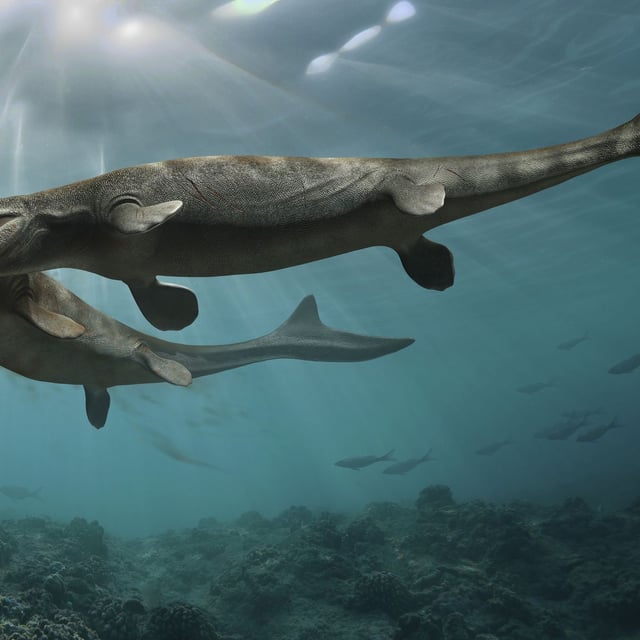Overview
- A seven-inch-wide vertebra discovered in the Prairie Bluff Formation near Starkville has been confirmed as belonging to Mosasaurus hoffmannii.
- The fossil represents the largest specimen of M. hoffmannii ever recorded in Mississippi, with estimates suggesting the creature was at least 30 feet long and could reach up to 50 feet in length.
- Mosasaurus hoffmannii was a dominant predator of the Late Cretaceous seas, equipped with 60 dagger-like teeth and additional rows to secure large prey, including other mosasaurs.
- The discovery highlights Mississippi's tropical marine environment 66 million years ago, where mosasaurs thrived as apex predators alongside land-dwelling dinosaurs like Tyrannosaurus rex.
- The fossil, found during geological mapping, is believed to have remained buried since the species’ extinction at the end of the Cretaceous period.

